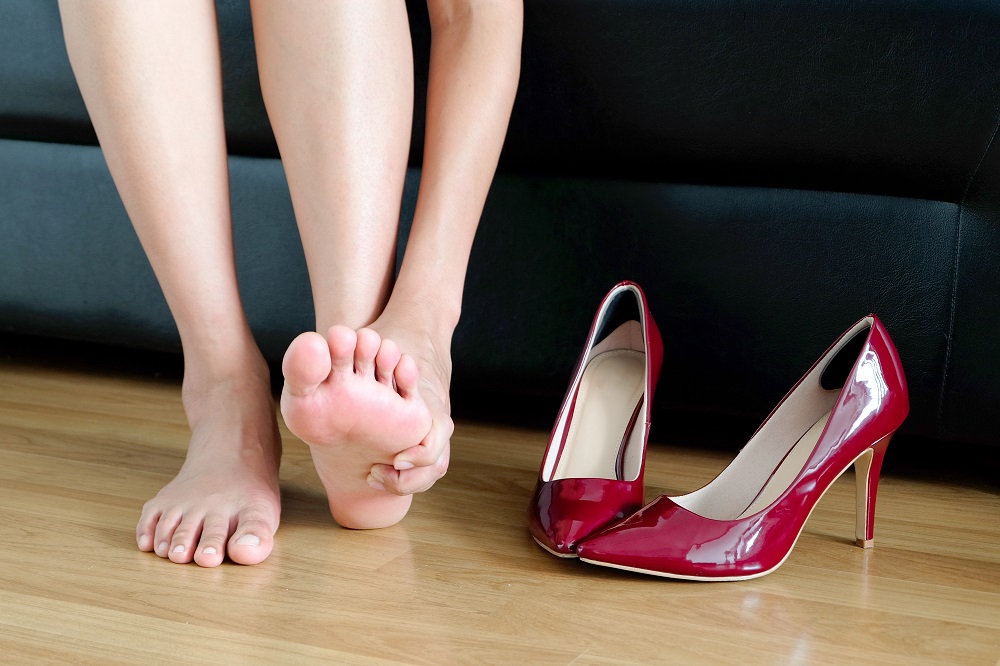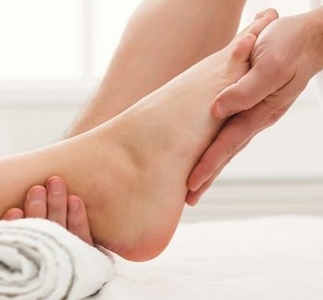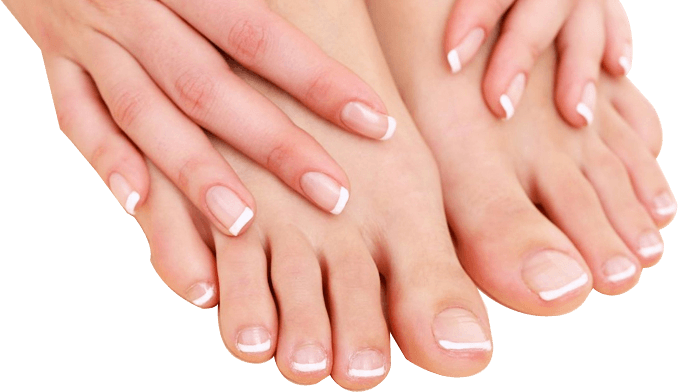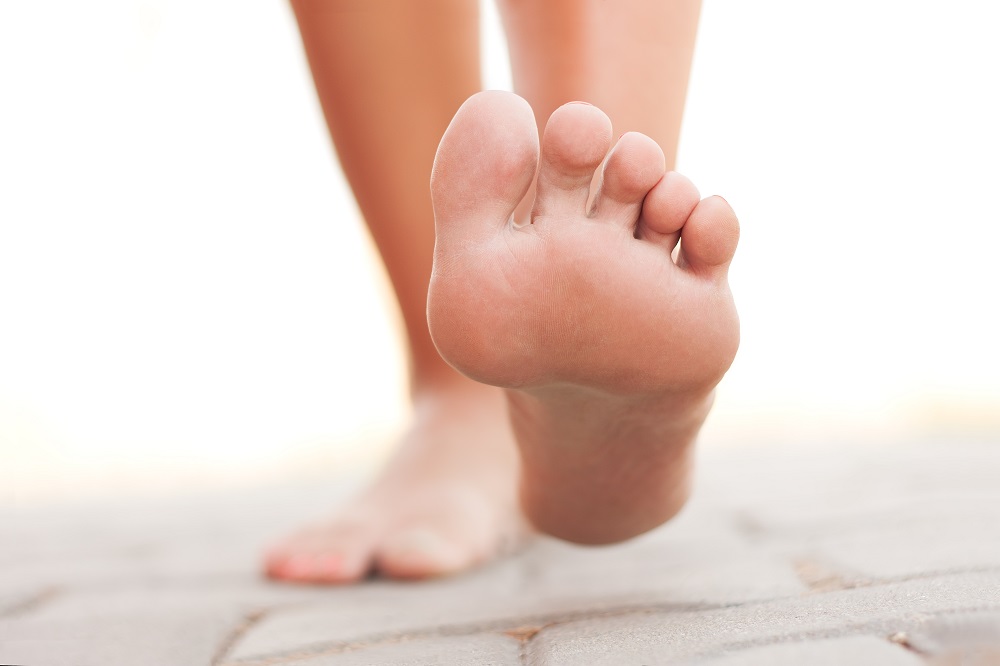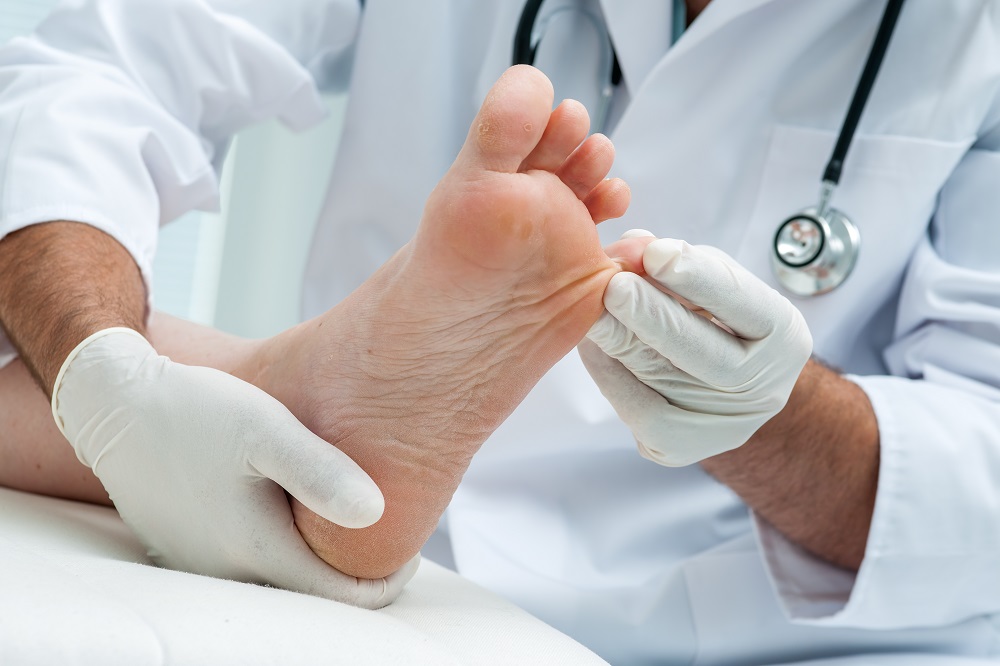Undergoing surgery to restore the function of feet is imperative for patients suffering from foot conditions. Here’s what to consider when undergoing foot surgery.
So you have been recommended to undergo surgery for your orthopedic foot conditions. But, with the date of operation coming up, are you wondering if you are ready for surgical treatment? Perplexed if surgery is really appropriate for alleviating your discomfort? Fear not! All you need to do is consider a few factors before your foot surgery.
Whether you are dealing with a deformity, a painful foot injury or a disease, consulting a podiatrist can be your most viable option. With their extensive knowledge, leading podiatrists can suggest the best treatment to help you relieve pain and live a healthy, normal lifestyle. But, there are certain conditions which necessitate treating with surgical methods, or the condition may get worse. It is here that the need for undergoing feet surgery comes to the picture.
Here’s what you should take into consideration before undergoing surgery for your foot conditions.
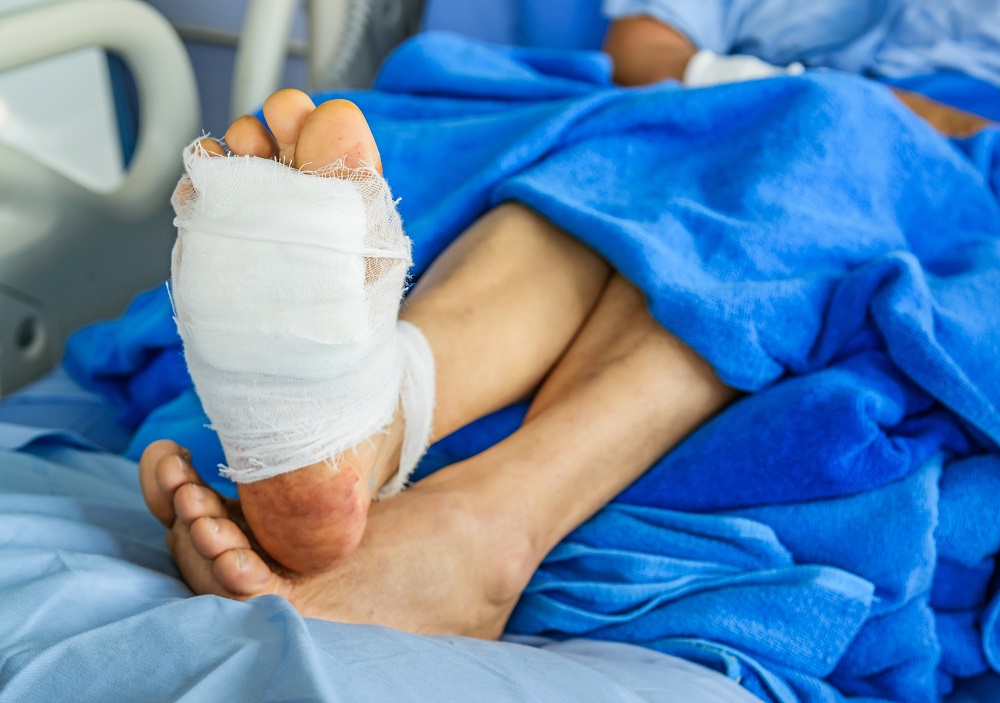 Vital Aspects To Keep In Mind When Choosing Foot Surgery
Vital Aspects To Keep In Mind When Choosing Foot Surgery
Ask Questions To The Podiatrist
Patients need to be confident, knowledgeable and comfortable as possible both before and after the surgery. This is because; the more informed you are, the better decisions you can make and the better prepared you are for aftercare. So, instead of being afraid to ask questions, consider asking your doctor to clarify anything you don’t understand.
Quit Alcohol & Smoking
Excessive smoking and alcohol consumption can have a significantly negative effect on the surgery and can reduce your blood circulation. This increases the risk of post-surgical complications and infections to a great extent. Cigarette smoking and alcohol drinking can slow down your healing process after the surgery. So, the earlier you give up smoking and alcohol, the better.
Take Your Pre-Surgical Instructions Seriously
The best podiatrist will give you a list of instructions which you need to follow for the day of surgery. For instance, if your surgical method requires general anaesthesia, the specialist may ask not to eat or drink anything after midnight. Some of the other common instructions which you may need to follow include bringing essential documents and wearing loose-fitted clothes. Keep in mind that following these instructions is important for your health.
Prepare For Your Recovery Beforehand
Almost every surgery involves some downtime during the recovery process. While you may be allowed moderate weight bearing right away in minor procedures, you need to keep your feet off completely for a few weeks in the more serious ones. Think about how such kind of reduced mobility will affect your ability to accomplish basic tasks like bathing, sleeping, cooking, etc. and prepare for them proactively.
Follow The After-Care Instructions
The success of any surgical procedure ultimately depends on how efficiently you manage your aftercare. Your doctor will give timelines and instructions on matters like diet, bathing, weight bearing, rehab and you need to take them to heart. Keep in mind that disregarding the instructions will affect your healing process.
Time to schedule an appointment with a reputed podiatrist!

